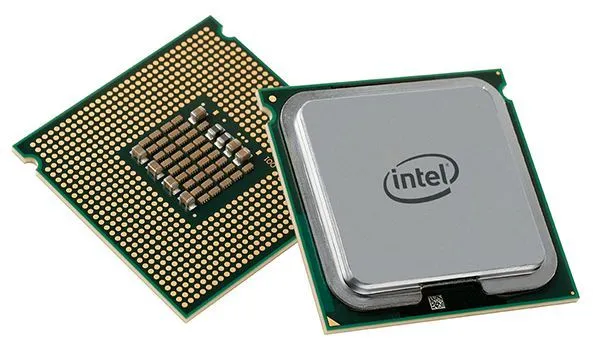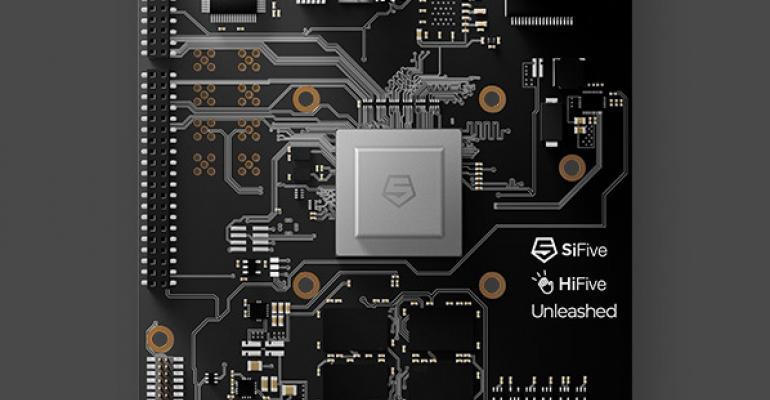RISC-V CPU
– Saish Karole – Atharva Kashalkar
RISC-V CPU
It’s the year 1969, humanity has taken its first steps on the moon, generating what we can call a turning point for the future of mankind. This miracle feat itself was possible due to all the hard work of the crew and computational capabilities of that time which was a computer at 1,024 MHz clock speed and packed in whole room to overheat. And today we get a panic attack if our portable computers with 3 to 4 GHz of clock speed don’t get booted up in under 1 min.
Well as years passed by, the necessity of higher computational capabilities started increasing. “How can I save time on calculations?”, “What if the calculations went beyond human comparisons?”; Computers were the answers to this dilemma, and what made the computers the correct answers was a small component known as microprocessors.
Microprocessors are made up of a bunch of transistors that regulate or control current or voltage flow in addition to amplifying and generating these electrical signals and acting as a switch/gate for them. Currently, the i3, i5, and i7 generations of INTEL processors have billions of transistors in them. Microprocessors are used in every electronic which you can see in your day-to-day life, whether it’s a toy for a child, a phone, or a satellite.

We, Atharva Kashalkar and Saish Karole are currently in 2nd year of pursuing B.Tech in Electronics Engineering through VJTI, Mumbai and our project is building a RISC-V CPU. What we are focusing on in our project are specific types of microprocessors known as Reduced Instruction Set Microprocessor also known as RISC. More appropriately, we are dealing with RISC-V which is an open-standard ISA (instruction set architecture) that is based on RISC.
So without further ado, let’s address the elephant in the room, RISC-V :-
What is RISC-V
RISC-V is an open-source ISA (Instruction Set Architecture) that acts as an interface between hardware and software. Generally, ARM and x86 architectures are used in modern computers and mobile devices but RISC-V is gaining a lot of importance as microprocessing becomes more eminent and we should not be amazed if it takes over ARM architecture in upcoming years.

Why RISC-V
RISC-V provides over 47 instruction sets giving a lot of freedom for the programmer to program. One of the key factors for choosing RISC-V is that it is an open source ISA which means we can access its source code and modify it according to our need which makes it very handy in this project. Honestly, in our opinion, Programming is all about how well u can learn what other people worked on and how well u can improve the code. What’s better than an open-source ISA that a community can work on?
What is FPGA?
FPGA is like a PCB but more advanced in the sense that it has an array of programmable circuit boards that can be programmed even after its manufacturing i.e., it can be changed on the go. This feature of FPGA not only helps us to easily correct bugs and errors in the logic even after implementing on the FPGA but also opens opportunities for parallel processing.
Problems that we might face
Honestly, from the start, we only knew the world of programming ended in the bounds of Java, C++, Python, and other software languages. College and SRA made us realize that what we are seeing wasn’t the world but a small bubble. Through this project, we came to know about more HDL (Hardware descriptive language) which is TL-Verilog. It is hard to understand if viewed from a software language point of view, but things get better if we think of it as making connections with wires.
There might be many more problems lying ahead of us, but our interest in microprocessors will be the light that will guide us to the end, which makes this project a great learning for us.
 The Society of Robotics and Automation is a society for VJTI students. As the name suggests, we deal with Robotics, Machine Vision and Automation
The Society of Robotics and Automation is a society for VJTI students. As the name suggests, we deal with Robotics, Machine Vision and Automation